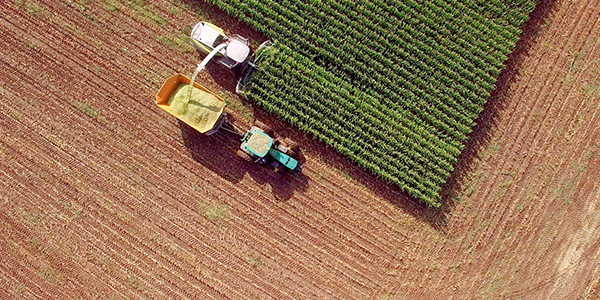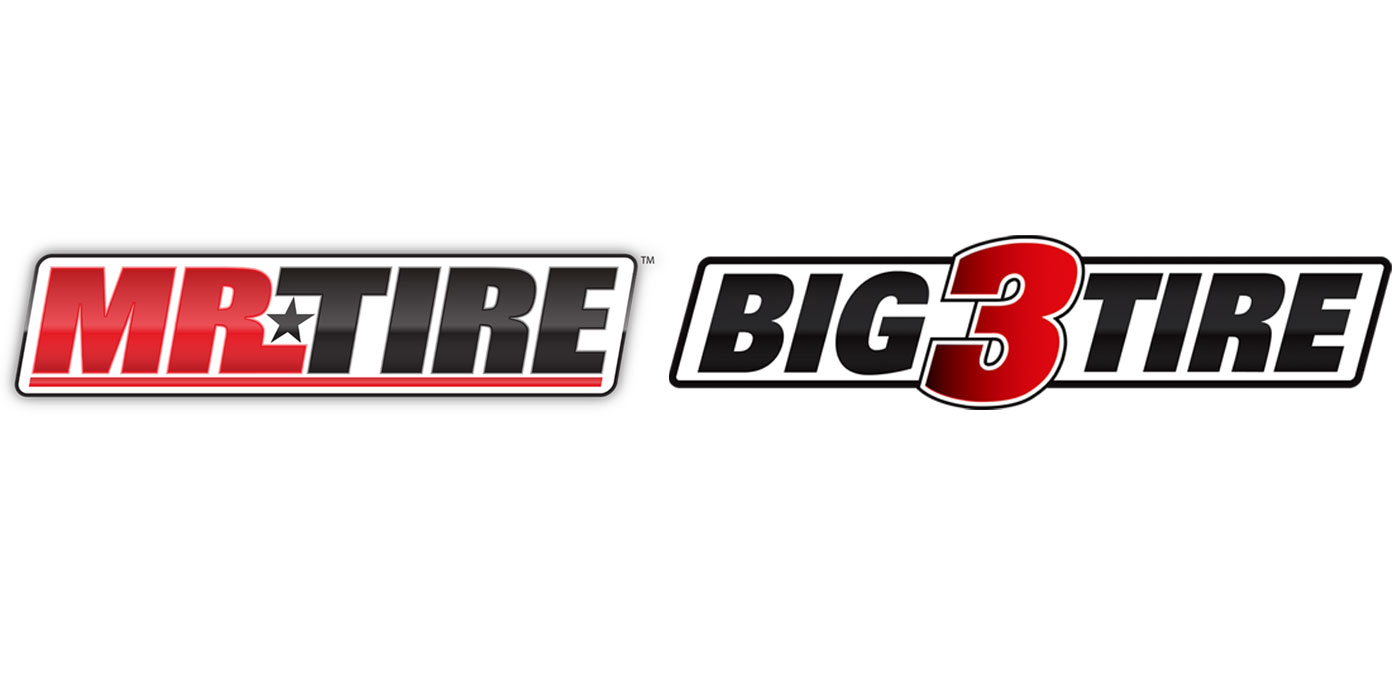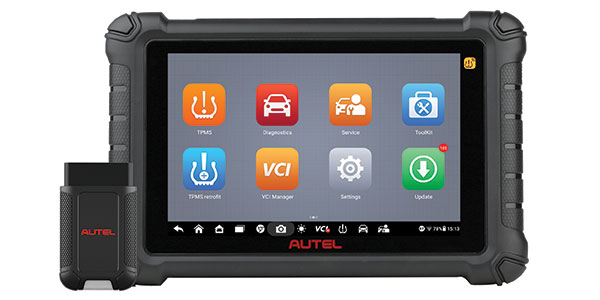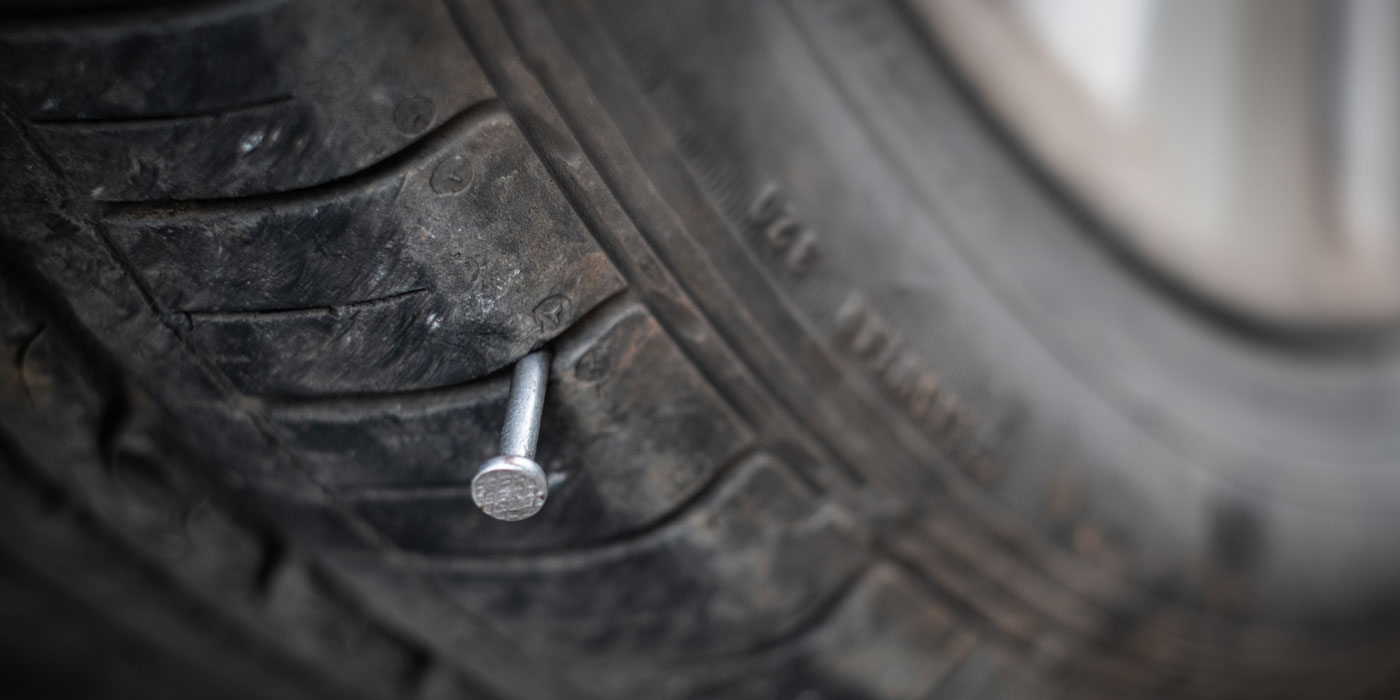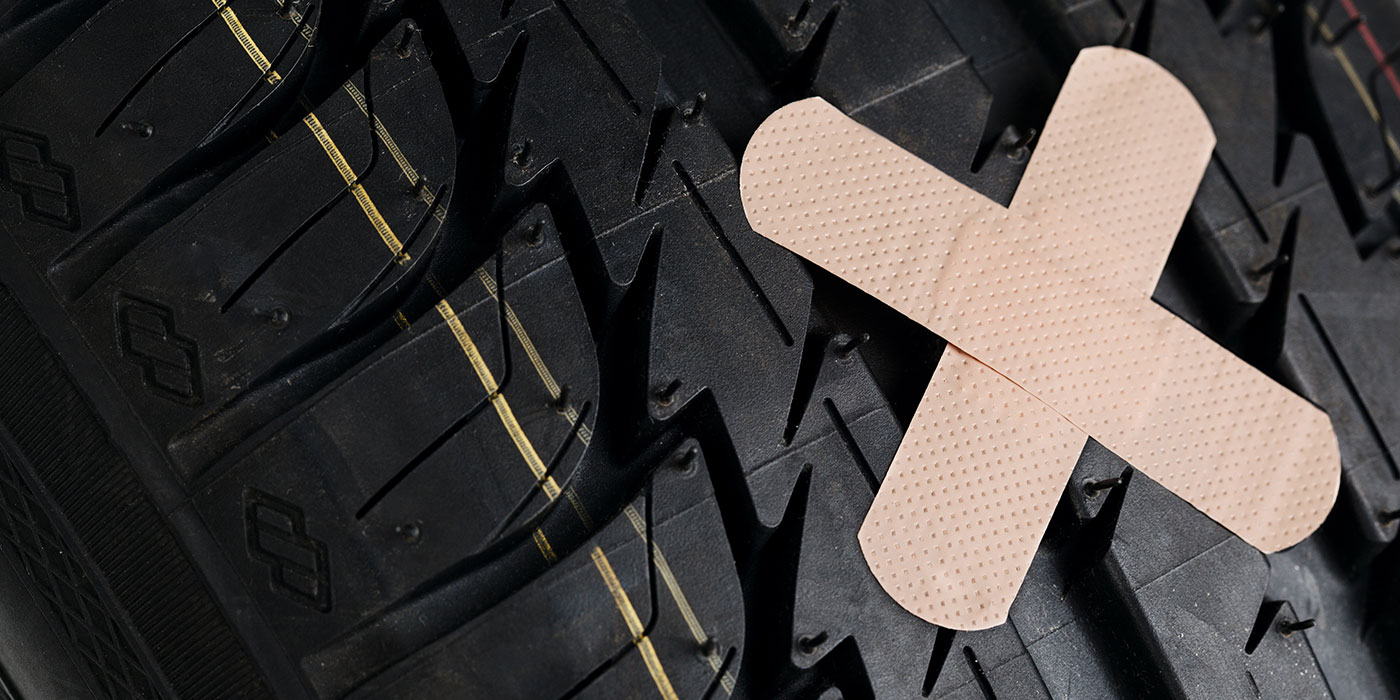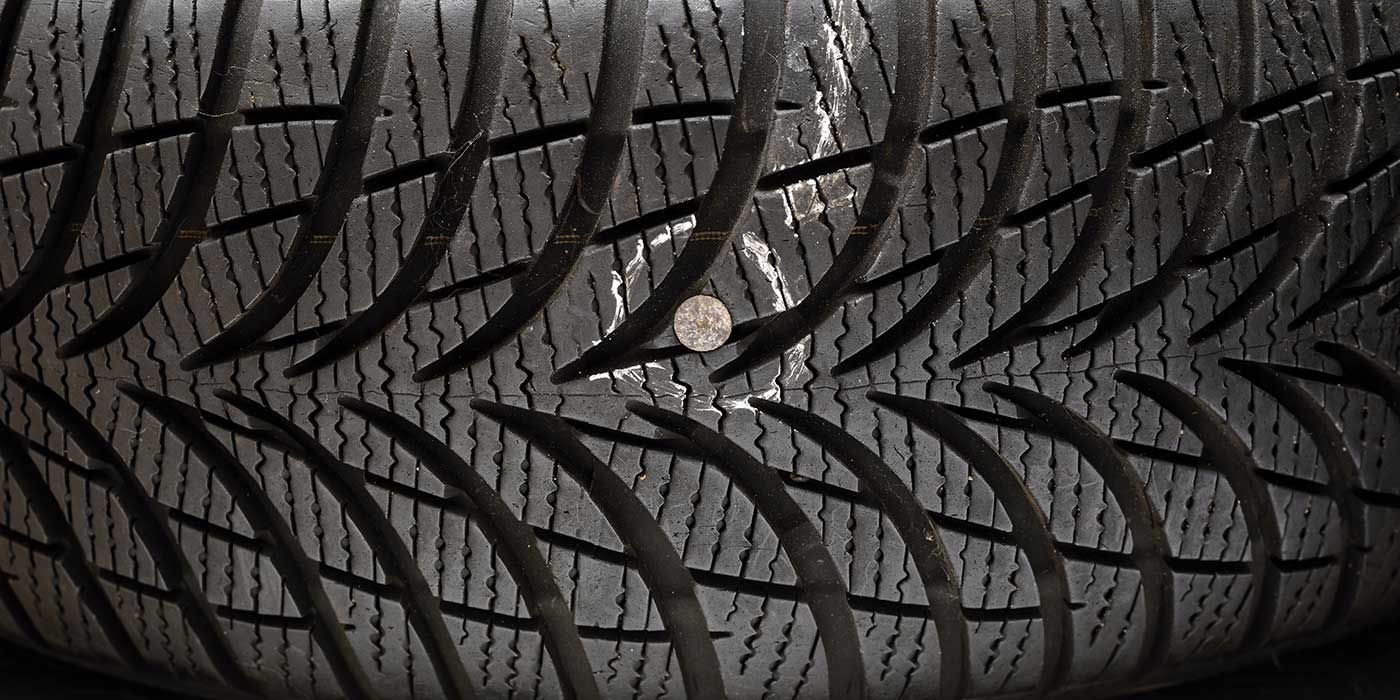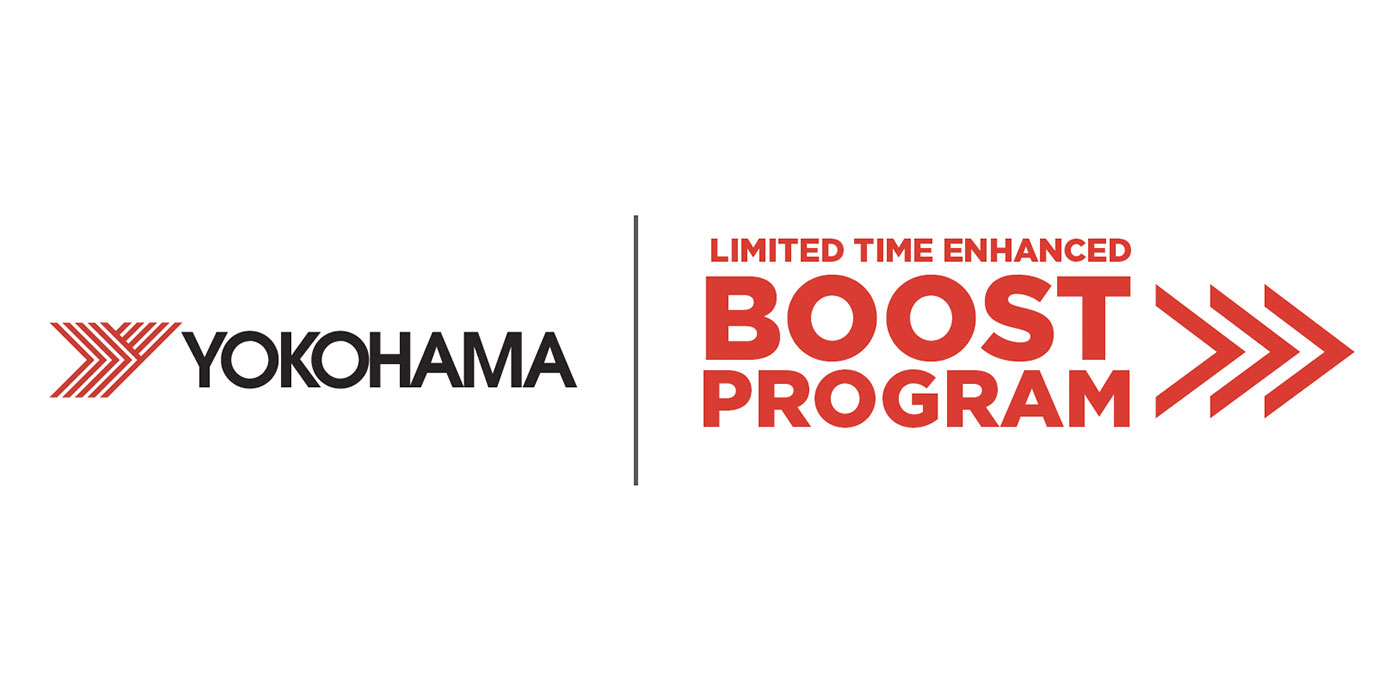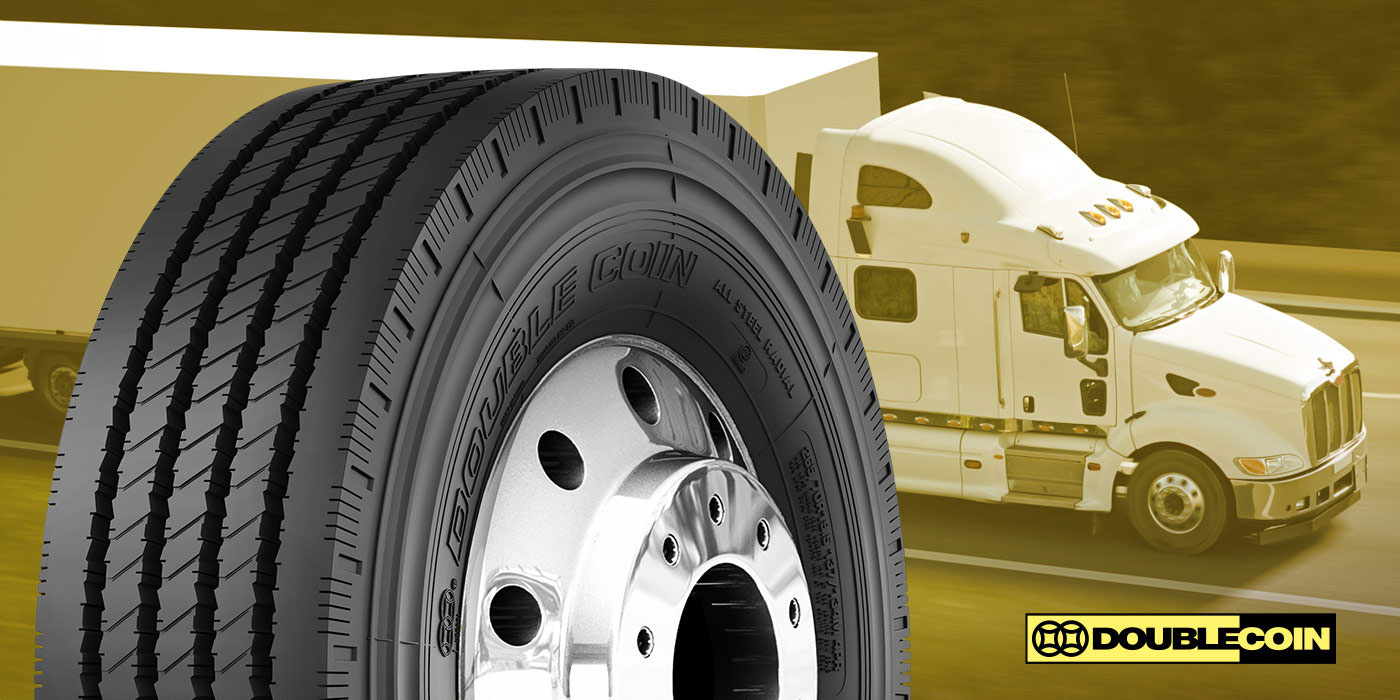GRI remains an early adopter in incorporating sustainability management practices into its operations and core values. For GRI, sustainability in sourcing, production and disposal are key to its sustainability goals.
With global demand for natural rubber that is outpacing supply, all stakeholders in tire industries need to ensure that sustainability is a guiding ethos in its operations.
While natural rubber is a renewable commodity, in an industry where demand is disproportionately large, sustainability in sourcing is of foremost importance. GRI sources pure natural rubber from Sri Lankan farmers and plantations around the island nation. It supports and encourages local rubber farmers and smallholders through endeavours such as its recently launched GREEN X Circle, which is a sustainable circle of collaboration and connectivity. GRI ensures its commitment to sustainability and environmental protection in the way it develops new products, generates power, builds tires, recycles waste, and manages its water systems.
“The use of a biomass boiler instead of traditional furnace oil boilers ensures that we do not create a hazardous environment around our factory. As our production is an environmentally-friendly ‘dry’ process, there is no emission of gases or liquid disposal – this is a firm company mandate. There is also low material wastage in our production process,” notes Mr Ananda Caldera, Executive Director of GRI.
“One of our tenets of sustainability is that we take care of the water, soil and air around us. This is the ethos that guides all aspects of our operations,” stated Mr Shanaka Gunaratne, Senior General Manager of GRI. Shanaka explains that the GRI production plants also continuously fulfil all Central Environmental Authority (CEA) requirements. The company invests in new, energy-efficient machinery while ensuring noise and dust level compliance are observed. The GRI production plant also possesses one of the largest rooftop solar systems in Sri Lanka, with a capacity of 1,200kW and helps reduce over 1,100 Metric Tons of Carbon Emissions per annum.
Further, the company’s strict green policies on waste management have resulted in rainwater harvesting and an efficient wastewater management system. Customers who visit GRI’s production plant are encouraged to plant a tree in the premises while tree planting efforts are also encouraged within the larger community surrounding GRI.
“Pragathi – GRI’s in-house academy established within its compound – regularly trains employees on new energy management and sustainability practices to ensure that sustainability is a dynamic process and employees recognize its importance. Environmentally sustainable growth is our strategic goal, both now and for generations to come,” stated Dr Mahesha Ranasoma, CEO of GRI.
GRI is certified in ISO 9001:2015 – Quality Management, ISO 50001: 2011 – Energy Management and ISO 14001:2004 Environmental Management.
Sustainability is no longer a peripheral issue and to work towards a sustainable future is to ensure an inclusive future for all. While COVID-19 has changed the way businesses operate, it remains more vital than ever to not lose sight of business sustainability goals in the face of new challenges.
GRI continues to incorporate more initiatives as it advances building a sustainable business by ensuring that sustainable actions are embraced by the entire value chain from raw material collection and production processes, all the way to the end customer. GRI is also developing its strategies aligned with some key UN sustainability development goals such as affordable and clean energy as well as responsible consumption and production.
To learn more about GRI, visit www.GRITires.com.

